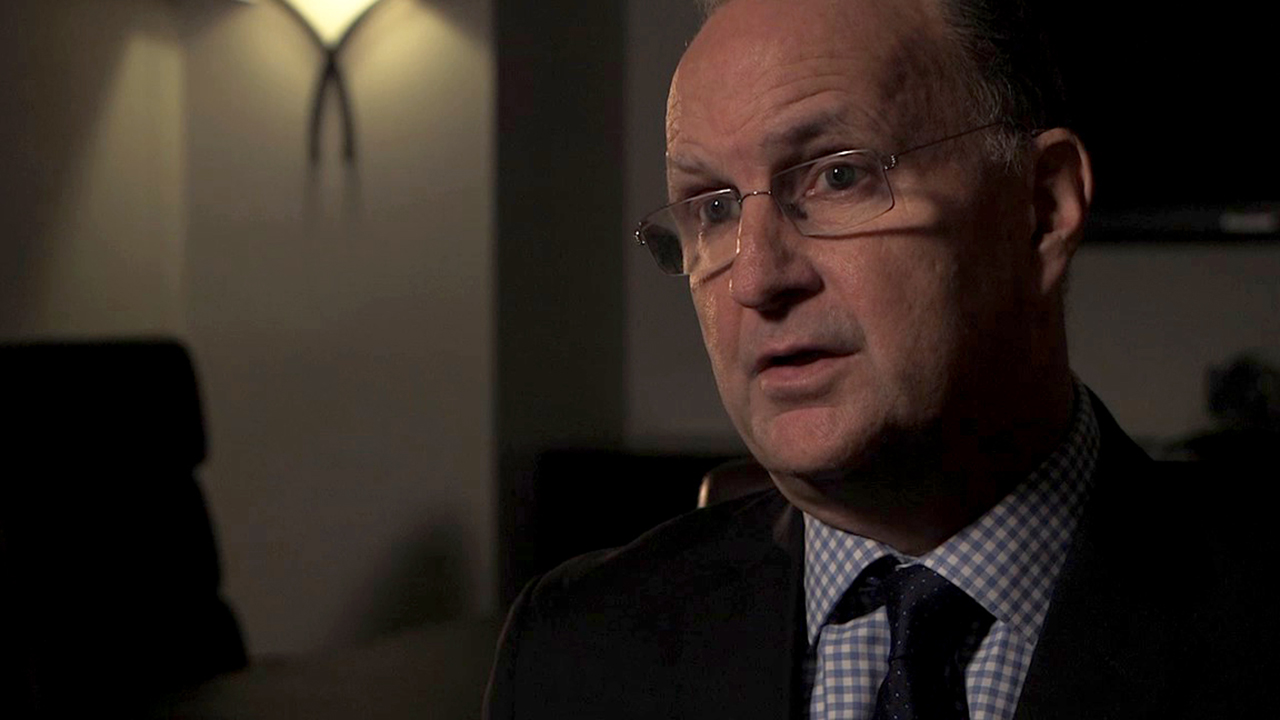Mapping conversations is key to understanding risk culture in organisations, according to Richard Anderson.
Richard is Director of Anderson Risk, and both a current Director and former Chairman of the Institute of Risk Management.
yBC and Anderson Risk have worked together to take Richard’s revolutionary approach to risk and develop a digital tool which organisations can use to map risk culture throughout their business – whatever the size.
We interviewed Richard about the need for assessment of risk culture in organisations. Clips from this interview will be added to the growing repository of knowledge on Risk TV.
Artefacts of culture
Richard understands Risk Culture as something forward looking: as how organisations are thinking about and acting on potential risk so that they can be mitigated.
Richard’s approach to mapping risk looks at the conversations that people are having about risk within an organisation as a way of assessing the risk culture in an organisation. He calls these conversations “the artefacts of culture.”
Risk conversations may well extend beyond the boundaries of the organisations, as Richard points out:
“Every organisation works in a complicated world in a network of complex interrelationships, whether it’s in the supply chain, whether it’s on the sales side, whether it’s in the production, if its outsourced its back office – all of these are making organisations infinitely more complex.”
A new approach
Richard has worked in risk related roles for over 30 years during which time risk management has changed dramatically. He says: “The rules of thumb that we were using, even 10, 15, 20 years ago are now hopelessly out of date.”
He is clear on what needs to happen in organisations today:
“You need your risk management processes. But far more important than that, is you need to have articulated your risk appetite, so that you’ve got something to measure, and you have to be absolutely clear about the culture of risk in your organisation, because that is the culture with which people are addressing the future, and the future has got to become more important in people’s minds than the past”
His approach to mapping risk focuses on the facts of the risk culture rather than opinions. It looks at who is talking to whom, how often, and importantly, whether both parties involved agree on how the conversations occurred. This makes it easy to spot where risk is a priority in an organisation, which risks are being acted upon, and which areas of risk are left unnoticed or unresolved.



